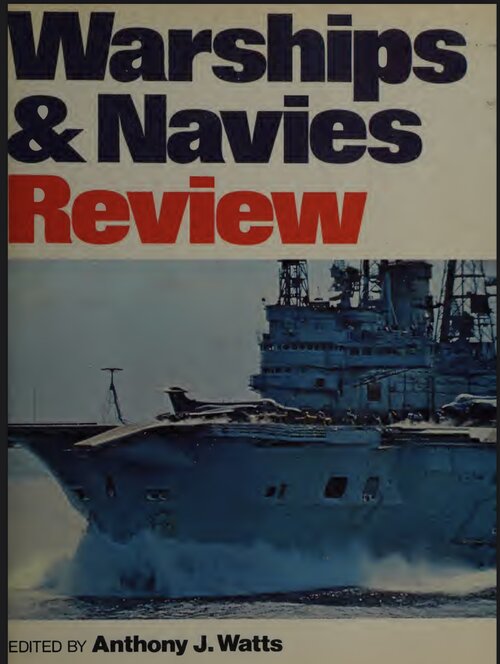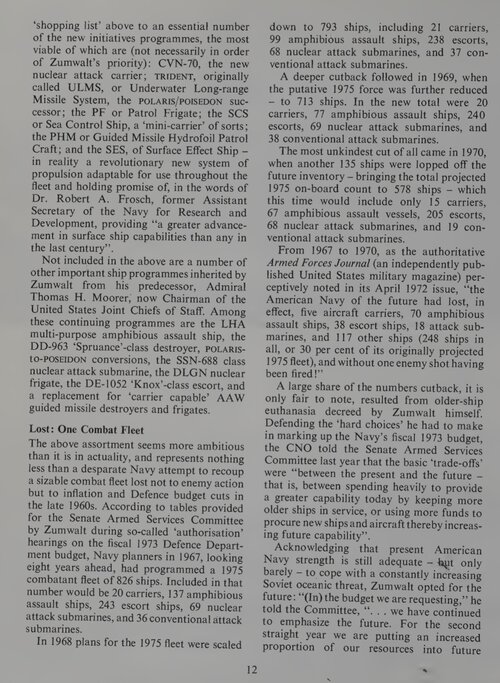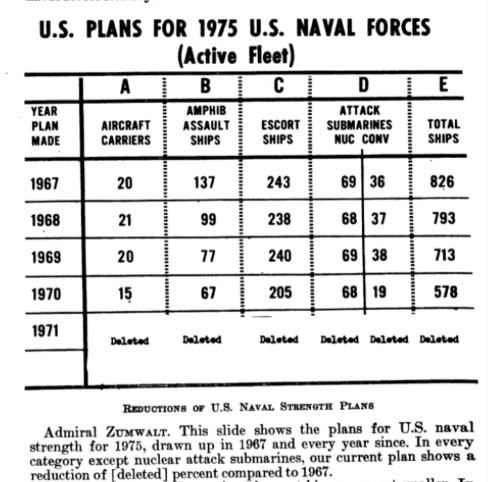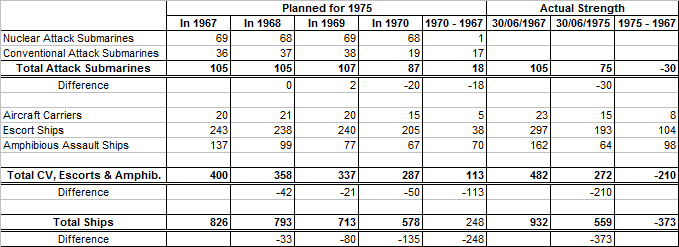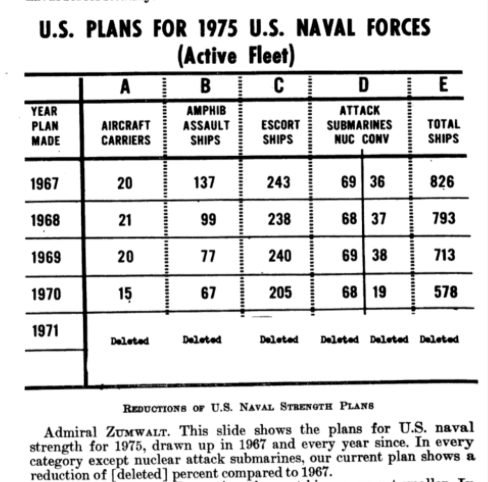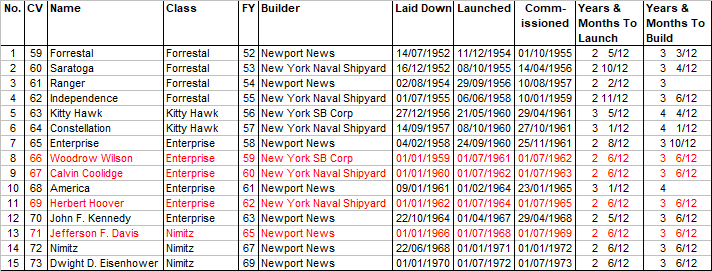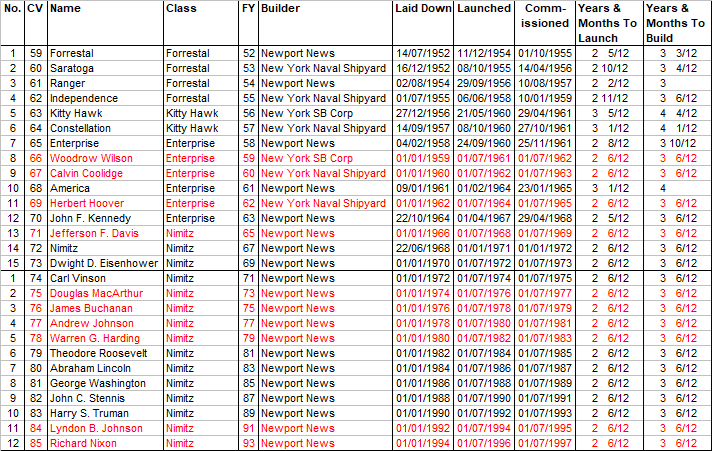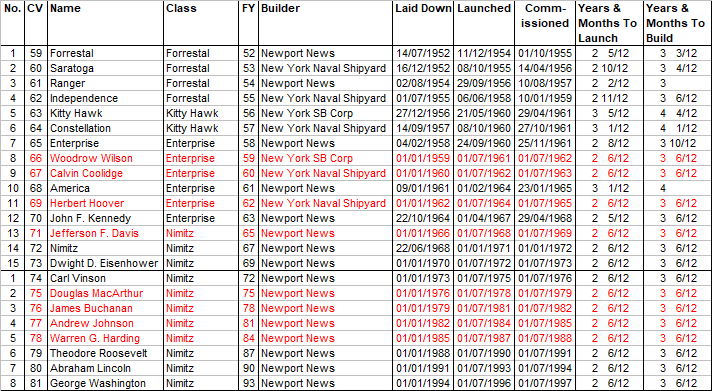NOMISYRRUC
ACCESS: Top Secret
- Joined
- 28 September 2008
- Messages
- 2,327
- Reaction score
- 3,734
This paragraph is from Page 52 of "The Ships & Aircraft of the U.S. Fleet - Thirteenth Edition" by Norman Polmar and published in 1984.
Who is correct?
However, if I've remembered Friedman correctly the service life of a nuclear powered submarine (SSBN as well as SSN) increased to 30 years by the middle 1970s as the interval between each refuelling increased to 10 years. That would have required an average building rate of 3 SSN a year to maintain a force of 90 boats and 4 a year to maintain a force of 120 boats.
IIRC from Norman Friedman in his book about post-war submarines (which I haven't checked) the pre-1973 requirement was for 105 attack submarines (both diesel & nuclear) not 120 and copies of Jane's from the late 1960s to early 1970s (which I haven't checked either) say 105 attack submarines too.The current U.S. Navy goal is 100 SSNs. Some Navy authorities have estimated that requirements in the 1990s and beyond could be as high as 100 SSNs. The navy is now building SSNs at the rate of 4 of the LOS ANGELES class per year, a rate to sustain a force of more than 100 SSNs. The replacement of older SSNs as they reach a normal service life of about 25 years, however, will probably hold the force at just over 90 submarines. (Ninety attack submarines was the Navy's force goal from 1973 to 1981 - that goal was never achieved; before that a force of 120 attack submarines, both diesel and nuclear, was authorised.)
Who is correct?
However, if I've remembered Friedman correctly the service life of a nuclear powered submarine (SSBN as well as SSN) increased to 30 years by the middle 1970s as the interval between each refuelling increased to 10 years. That would have required an average building rate of 3 SSN a year to maintain a force of 90 boats and 4 a year to maintain a force of 120 boats.


